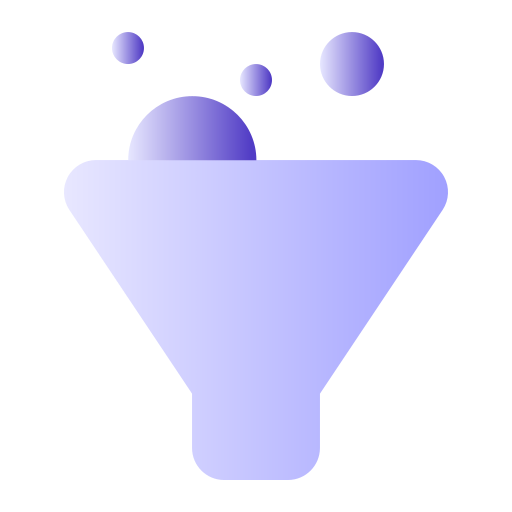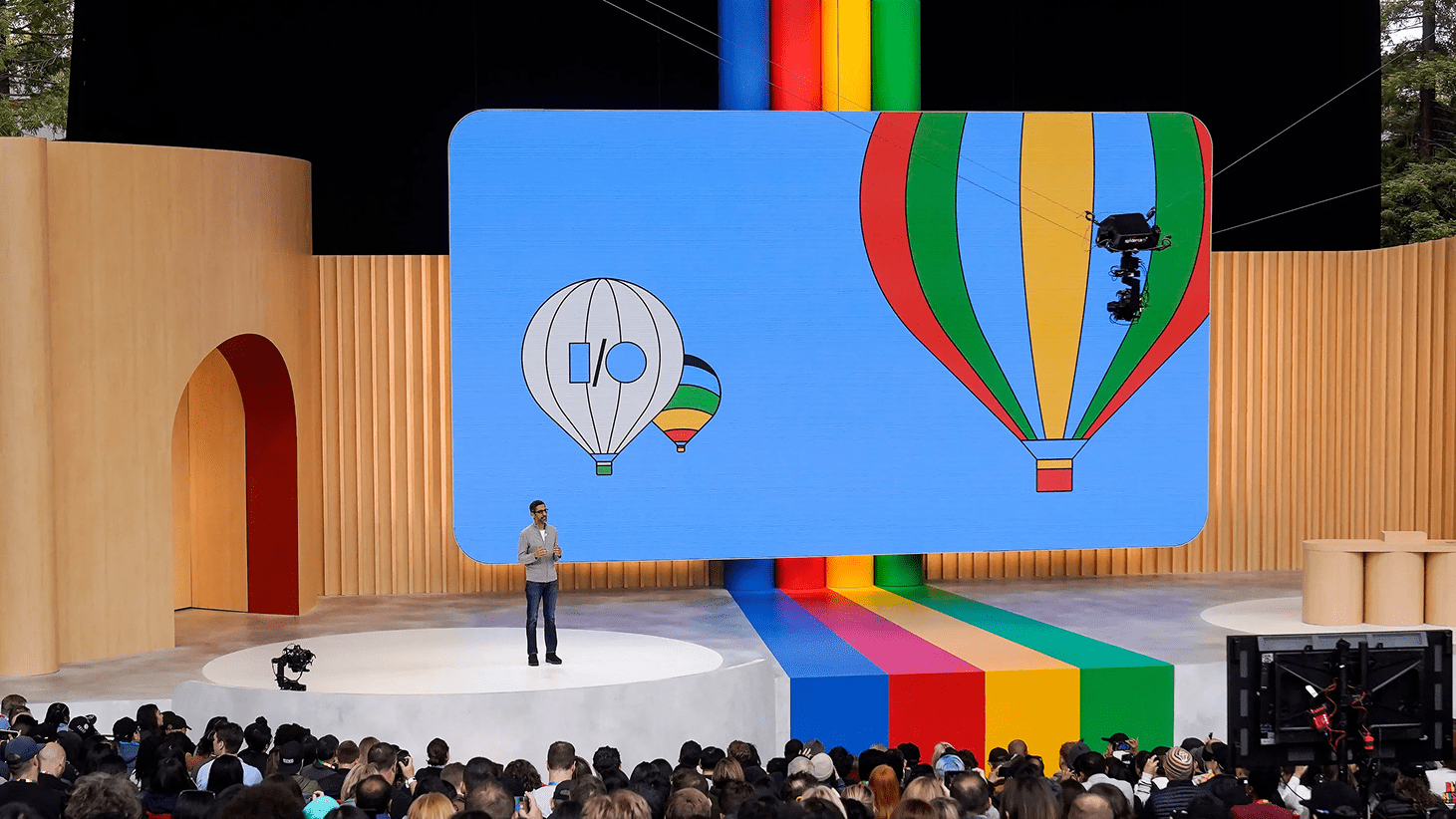What will happen when we can no longer distinguish between what is real and what is generated by artificial intelligence?
That was one of the questions that Google left floating in the air after its most important event of the year: Google I/O 2024. And rightly so. The innovations presented mark a turning point not only for technological development, but also for those who work in marketing, design, audiovisual production and content creation.
Here is a summary of the most impressive developments and why it is important to pay attention now.
VEO 3: The hyper-realistic video generator that puts Hollywood in check
VEO 3 is Google ‘ s new video generation model. But it ‘s not just about creating clips with good resolution or invented characters. VEO 3 takes realism to a level that will makeyou doubt whether what you see was filmed by humans or created by AI.
One of its most amazing features is the native sound generation, including effects, ambience and even synchronization with movements. This means that not only the camera is replaced, but also the sound system.
There is even talk that such tools could significantly reduce production costs in film, series and advertising.
FLOW: The editor designed for AI-generated content
Along with VEO 3, Google presented FLOW, a tool specifically designed to edit material created by artificial intelligence. We are no longer talking about Premiere or After Effects, but about a solution adapted to the new creative paradigm.
Its functions include:
- Precise control of framing and transitions
- Shot editing and continuity of generated scenes
- Tracking of characters and scenarios created from reference images
This type of editing redefines workflows, making the production of audiovisual content more agile without relying on human talent at each stage.
LYRIA 2: The AI-generated music revolution
Artificial intelligence is also transforming the world of audio. Google presented LYRIA 2, a model capable of generating original music from a simple text prompt.
This could greatly impact the way we work with soundtracks, advertising jingles and music for social media videos.
Although access is limited for now (with a subscription price of $249 per month and only available in the U.S.), it is not unreasonable to think that in a few years we could have these functions available to any creative team.
Project Astra: The assistant that understands your environment
Another key announcement was Project Astra, a further step towards creating a truly contextual intelligent assistant. It doesn’t just answer questions, it looks at what you see through your camera, understands what ‘s around you and acts accordingly.
Imagine having a proactive agent that can help you with marketing tasks, content management, reminders or even real-time adjustments to your campaigns. All from your mobile.
What does all this mean for those of us who work in marketing and design?







